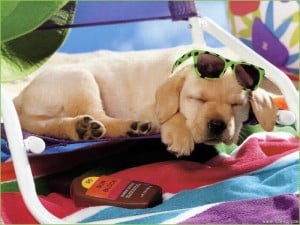From the Desk of Sharda Baker
Good day and welcome everyone!
This is Sharda with another potty train newsletter.
Let’s get to know the crate training supplies and equipment needed for an effective house training.
PLANNING FOR POTTY TRAINING
By planning in advance for either puppy potty training or housebreaking an adult dog, the process will be much easier for both the owner and the dog.
Having the right equipment, supplies, cleaning materials and even schedules for food, water and exercise can really help.
Before bringing the dog or puppy home, reviewing the method that you would like to use for potty training your dog is critical to getting the right supplies and other needs.
EQUIPMENT AND SUPPLIES
Since each method of housetraining, crate training, litter training or paper or puppy pad training requires slightly different supplies each section will be discussed separately.
While the following lists are meant to be inclusive, you may find that there are additional supplies and materials that you may need depending on your situation.
EQUIPMENT AND SUPPLIES FOR CRATE TRAINING
The basic equipment needed for crate training is provided below. While there are two types of crates listed you may only need one, which type is really a personal choice:
- wire crates – are usually lighter and provide more opportunities for dogs to see out and people to see in. This may be important if your dog is very nervous and needs to be able to see what is going on to feel comfortable. Most wire crates will fold down when not in use and can be easily used in cars or vehicles. Most airlines will not allow wire crates.
- Plastic crates – generally very sturdy but can be chewed. Plastic crates are usually very practical for small and medium sized dogs but may not be suitable for moving large breeds.
- Washable padding – special fabric that doesn’t trap hair or dirt is available on commercially purchased crate liners. Be sure the liner is washable so you can easily clean it if it becomes soiled or dirty. Avoid using people’s blankets that are down or filled as the dog will chew through them and pull out the stuffing, posing a choking hazards and making a huge mess.
- Chew toys – the dog or puppy should have good quality, sturdy chew toys to keep themselves entertained while in the crate. For the same reasons listed above avoid putting stuffed toys into the crate with the dog or puppy.
- Clip –on water bottle, keep the dog hydrated while preventing any spills or mess.
I hope that you learned a lot from today’s potty train newsletter
All the best and take care
Warmly,
Sharda Baker

